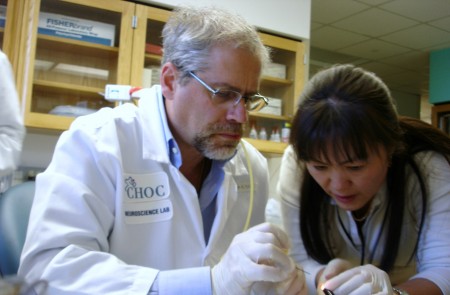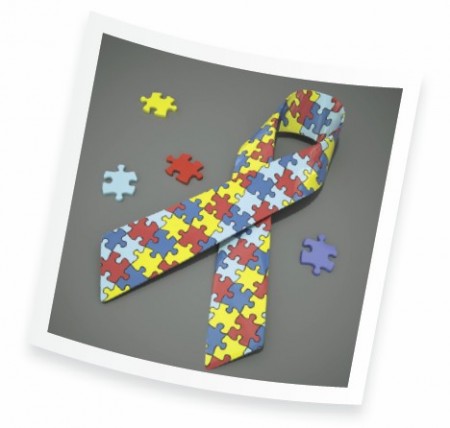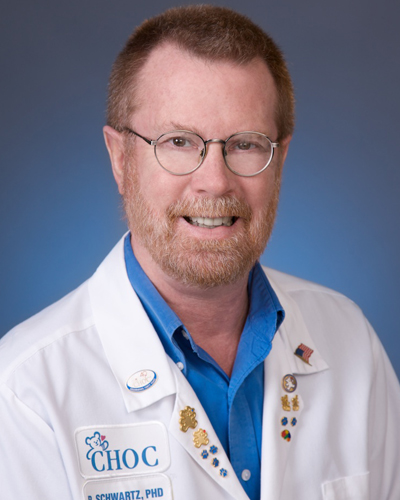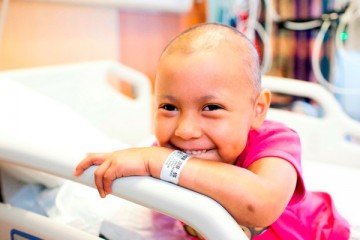DIAGNOSING AUTISM
Autism Spectrum Disorders (ASDs) are typically diagnosed in toddlers or young children based on certain behavioral patterns; there is no medical diagnostic test. “There are changes in three areas of behavior that lead to a diagnosis,” Dr. Philip Schwartz, senior scientist at the CHOC Research Institute in Orange, explains. “One is communication and the others are sociability and repetitive behaviors, where the child does the same thing over and over. These children have trouble communicating. They don’t make that connection. There’s little eye contact or emotional content in their interactions with other people, including their parents.”
UNLOCKING THE MYSTERY
“The causes are generally unknown. We think it has to do with the way the brain cells communicate with each other. There is a strong genetic predisposition to autism although influences during pregnancy cannot be ruled out,” explains Dr. Schwartz. “Scientists are working to find a biological cause so we can have a diagnostic tool that is not just behavioral, like a blood test. With that knowledge, we can also develop new therapies and drugs.” There is currently no cure for autism but behavioral therapy can help if started early.
AUTISM AND STEM CELLS
“Scientists at CHOC are growing brain cells from skin cells. This lets us analyze in a dish in a laboratory how the brain cells communicate with each other,” says Dr. Schwartz. “We can’t analyze that in a living child. The best way to do this is to make the cells in a dish the laboratory equivalent of a brain,” he says. “This will tell us what parts of the cells’ communications are not working properly. Understanding this will give us targets for therapy.” Dr. Schwartz expects some key findings in the next couple of years.
WHAT ARE STEM CELLS AND WHAT ARE THEY USED FOR IN RESEARCH?
A stem cell is an immature cell that can be made from any part of the body, like the skin, and that scientists can make into a mature cell in a lab. In research, stem cells are being used to study a host of diseases in children and adults, including brain diseases like autism, childhood metabolic diseases, Parkinson’s disease and Alzheimer’s disease.
FAST FACTS
- Prevalence of Autism Spectrum Disorders (ASDs) in Girls: 1 in 252
- Prevalence of ASDs in Boys: 1 in 54



















